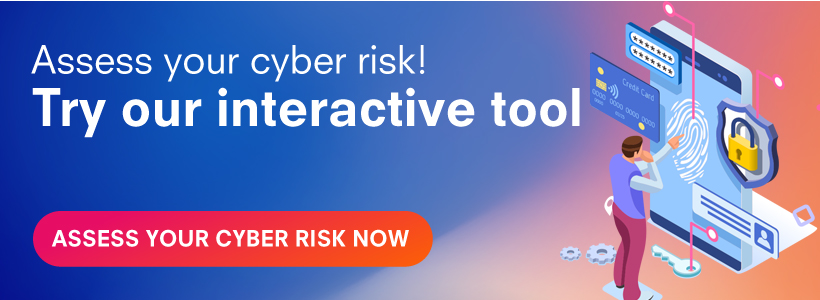Deciding how to backup your company data is an important decision, and it’s not one that should be made lightly. The Australian Signals Directorate recommends, as part of their Essential Eight, that backups should occur at least daily for important information, software and configuration.
We’ll take you through the different types of backup and how to determine which option or combination is right for you. For the sake of this blog, we’re going to focus on incremental backup vs differential backup.
And yes, we will be using the word ‘backup’ a lot!
Types of backup
There are four common types of backup, each with their own benefits. We’ve listed some of the pros and cons below.
Incremental backup: This is the process of backing up only the data that has changed since the previous one. If you were to run one every 24 hours after a full backup, each incremental backup would only include the data from the 24 hours prior. The downside to this? If you want to do a full restore, you’ll need to do it in multiple pieces, from the full one, all the way through to the most recent backup. This can be time-consuming (not to mention frustrating).
Differential backup: This process is much like the incremental backup, except that instead of only updating the data since the last backup, it captures all changed data from the time of the last full backup. The upside is the ease of running the restoration process and the speed in which it can be done. While that’s useful when it comes to getting your business up and running asap, it does mean that your differential tape can end up becoming incredibly large over time.
Full backup: Effectively, this is what it sounds like – a backup file of all of your data. While this is the safest option, it is time-consuming and you need a lot of storage space available. Thus, they aren’t generally done frequently by most businesses, but they are an essential starting point.
Mirror backup: This method is fast because it copies all files and data at any given point in time. While it is essentially the same as a full backup, it does require more storage in order to do so as the process does not involve compression of files. There is also the risk associated with not being able to password protect this type of backup, so it’s an important consideration to make and your choice to use mirror backup or not, will likely come down to the appetite for risk within your organisation.
Considerations to make when deciding how to manage backup processes
There are many variables when it comes to deciding how to proceed, but there are some questions you should definitely ask your team and wider stakeholder group before you commence.
- What is your policy about downtime and time to recover?
- Do you want to use cloud, hybrid on-premise? What do you use for storage currently?
- Do you ship your tapes offsite or are they stored on-premise?
- Is tape size or recovery time more important?
- How are you internally resourced? Do you need external support?
- What kind of compliance issues might need to be taken into consideration?
- What does your backup application support?
What about cloud backup?
If you’re already using cloud storage, you may have a natural inclination to use cloud backup as well and it certainly is an option worth considering.
Continuous protection is the key feature for cloud backup, as all activity is recorded and stored immediately, and encryption and physically secured data centres ensure that your data is safe, one of the reasons some businesses prefer not to use cloud.
The big advantage of cloud backup is that it is highly monitored and regularly updated and as with any cloud service, you only pay based on what you use. However, as discussed above, differential backup can lead to huge files being created, thus the costs could blow out if you’re not prepared.
So which type of backup is best for my business?
At the end of the day, the way you backup your data will depend on your business and its current and future requirements, your infrastructure and resourcing.
If you’re unsure if you should go with incremental or differential backup, or you need help mapping out the best approach to your backup process, we can help you choose the option that will work best for your individual needs. Be it a self-managed solution or a managed service. We’re ready when you are.

If you liked this article, you may also like:
How to create an application whitelisting policy
Security Culture & Awareness
Most dangerous types of phishing emails and scams in 2019

